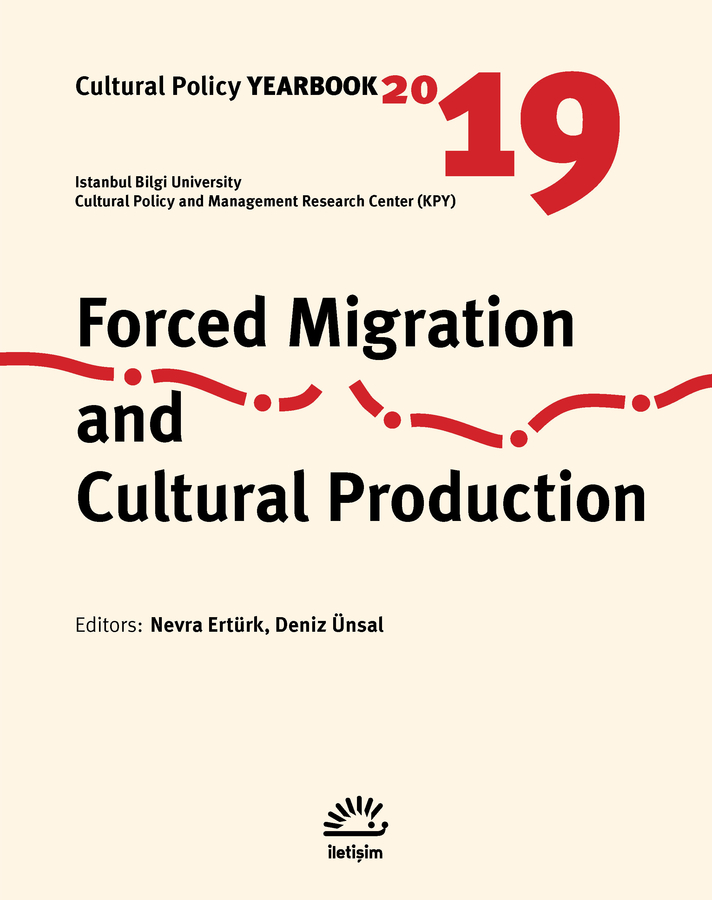In its eighth issue ‘19, Cultural Policy Yearbook invites us to think if culture and arts can gain a new place by relocating, and through different examples, it discusses what they will carry to their new place, and what they will leave behind.
The Focus co-edited by Nevra Ertürk and Deniz Ünsal bears two distinctive features. First is the broader space it gives to art practices, collective community projects, and the production, dissemination, and participation stages of the value chain of culture (and the arts). This year’s Focus also addresses a new issue which is yet to be duly recognized in cultural policies despite its case-rich content. Human mobility has reached an unprecedented rate on a global scale due to reasons like war, conflict, poverty and the earth becoming uninhabitable, which eventually leads to art production taking on new forms under new circumstances. Except for UNESCO’s periodic reports on the “Status of the Artist” based on the surveys conducted among the member states, and the periodic bulletins denouncing the censorship and restrictions on freedom of expression and reflecting the observations of various organizations and platforms, this prominent issue has not yet entered into the main framework of cultural policies. The articles in Focus draw attention to this deficiency, and point out a new direction for policymakers.
In his article featured in the Open Space, which is edited by Esra Yıldız, Pascal Gielen echoes back to the articles in the Focus section, and deals with the problematic of democracy particularly by referring to the discussions around nationality and transnationality in European cultural policies. By looking into the new quests emerging in some art institutions, he questions the possibilities of the shift from constituting from within (in-stitution) to constituting in collaboration (con-stitution). In her article “Expeditions to the Near”, Nazlı Tümerdem talks about a walking project titled “Istanbul Walkabouts” that takes place in areas located towards the shores of the Black Sea in Istanbul, a city that has turned into a “monster city” by not only using up all of its own space, but also expanding into its neighbouring cities and swallowing them. She delves into the challenges of exploring unknown places located in intermediary spaces where urbanism, sports and arts intersect.
In addition to a book review, the Review section edited by Adil Serhan Şahin consists of articles addressing various art projects that focus on migration and art, the prevalent themes of the Focus section.
In the next issue of the Yearbook, we aim to examine cities and communities more closely, since they are the new actors of cultural policies not only in Europe, but all over the globe.

